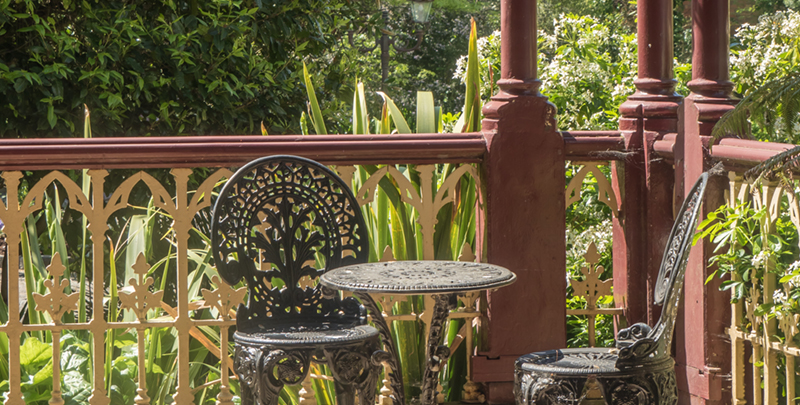It’s clear that the property market is undergoing a period of re-calibration after the COVID-19 price boom.
And while capital city markets are definitely feeling the impacts, regional areas are being hit particularly hard, following the regional property boom during COVID-19.
The latest data from CoreLogic’s Regional Market Update in February, shows across Australia’s largest 25 non-capital city regions, only 13 recorded an increase in house values over the year to January 2023, down from 21 over the year to October.
That continues on from CoreLogic data late last year, which showed nationally, regional markets that had strong value growth through the pandemic upswing were among the fastest fallers in 2022, outpacing the wider market downturn.
In Victoria, the town of Drouin in the West Gippsland region had the largest decline at 10.8%, followed by East Geelong (-10.2%), nearby Belmont (-8.8%) and Newcomb (-8.3%), and Ballarat Central (-8%).
The regional boom: two lanes of thinking
There have been two schools of thought on what drove the exceptional regional price growth over preceding two years.
The first, was that the regional demand was part of a longer term lifestyle trend, driven by greater affordability, a return to nature, work flexibility and greater space. According to this view COVID-19 merely accelerated a trend long set in motion.
The second school of thought is that the regional boom was a one-off phenomenon driven by health, mobility and space considerations amid the pandemic and Melbourne lockdowns, and enabled by remote working arrangements.
The enduring strength of capital cities
At Wakelin, we were always in the second camp, believing that the demographic shift was very much being driven by COVID-19, and unsustainable over the longer term once the pandemic receded.
While regional property prices surged amid pandemic lifestyle choices, from a long-term value perspective, capital city markets were always a superior investment.
Capital city drivers
There’s strong reasons why capital cities, such as Melbourne have continued to grow in population over the decades – employment, services, infrastructure, health and culture are all strong pull factors that country areas can not replicate.
As such, once fears surrounding COVID-19 receded and normality returned, the enduring appeal of city living inevitably returned for Victorians, and an escape to the country no longer appeared so compelling. At Wakelin, we are increasingly talking to people, who are looking to return to Melbourne after having moved regionally or interstate.
The other factor that has seen cities return to the fore is the re-establishment of immigration, as well as international students and visitors following the pandemic border closures. Those coming to Australia from overseas typically prefer capital cities over regional areas, as they are more likely to be connected to immigrant and ethnic communities and services.
Having said that, there are some who are loving the regional lifestyle and will make the move a permanent one. But there is no doubt there are many others who want to return to the hustle and bustle of Melbourne city living.
The notion is in keeping with wider demographic trends, which show Melbourne’s population is resurgent. While COVID-19 pushed Melbourne’s population levels into decline, the city is once again growing, and back on track to overtake Sydney after 2030, albeit a little later than pre-COVID projections.
Two distinct regional markets
It’s important to note the difference between regional towns, and cities such as Geelong, Ballarat and Bendigo, which are much more metropolitan in nature, with solid employment, services, infrastructure, health and culture opportunities.
All three are commutable from Melbourne, and while they aren’t comparable to the state’s capital, they offer far greater population growth trajectories when compared to smaller and more remote towns. As such, if investors are looking in Victoria, outside of Melbourne, these three regional markets typically present the best options.
Sell or hold?
For many of those who have made the regional change and are starting to have second thoughts, it’s important to consider the reasons behind the move in the first place. Consider whether the goals you set ahead of the move are being fulfilled or perhaps haven’t lived up to expectations.
Are you really enjoying the peace and quiet or do you miss Melbourne’s nightlife? Conversely, you might not have anticipated how happy you are to skip Melbourne’s traffic, and can’t bear the thought of a crowded peak hour.
If it’s not for you however, you need to assess whether the money you have locked up in the asset could be better deployed elsewhere.
If the regional property was bought as a pure investment amid the excitement of the regional boom, the changed market conditions may have warranted a re-think on the long term strategy. The state of the regional area’s rental market will also play a role in the decision making process.
Taking a hit on a property to prevent larger and more sustained losses is a difficult, but necessary decision, that limits damage to future wealth creation opportunities.
Take home message
If history is any precedent, capital city markets are going to outperform regional markets over the longer term – despite the transitory COVID-19 price boom – which means taking a smaller loss now, is much more advisable than the much larger opportunity cost in the long term.
As the pandemic retreats further in the rearview mirror, the experience reinforces the view that while the property market reacts to shorter-term trends, it is ultimately pinned to longer-term fundamentals.

